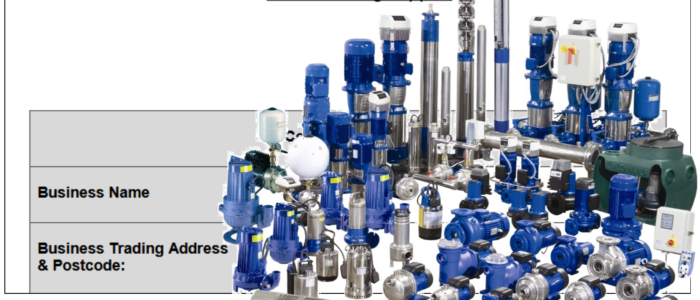Government Grants For Flood Damaged Properties: Installing a Basement Sump Pump is Essential!
Following Storm Ciara and Storm Dennis, the Government announced on 24th February that grants of £5,000 will be made available to access by affected households and businesses. The payment is intended to help owners make their properties more ‘resilient’ to future storm flooding, which should include essential measure such as, the installation of a quality sump pump – or in some cases – two or more, all with battery back-up.
According to DEFRA, almost “double the average rainfall” for February fell in some regions whilst other areas received an average month of rain in just 24 hours. Storm Ciara flooded over 1,340 properties followed by Storm Dennis flooding over 1,400, according to latest figures. Currently, two severe flood warnings, 107 flood warnings, and 207 flood alerts remain in place in England.
Article Chapters
Structural changes prior to installing a sump pump
Flood grants have been issued in previous years when an extreme flooding event occurred. The devastation caused can leave home and business owners in turmoil for up to 18 months or more. The increasing regularity has meant that vulnerable property owners living on flood plains, near rivers or in other high flood risk areas may no longer be able to obtain flood insurance.
A loss adjuster may recommend a specialist surveyor who will advise property owners on how they might make key changes to help protect their property from future catastrophic flooding. Naturally, the first thought is to flooding remediation, for example, by the purchase of industrial dehumidifiers, a wet-and-dry vacuum and then installing underfloor heating. However, initial structural alterations may also include the installation of:
- Concrete floors to replace suspended wooden floorboards, or
- Wood tongue-and-groove boarding with ‘flip up’ hinges, which allows cavities to dry out.
- Boxed-in pipework made with (sacrificial) plasterboard.
- A fully flood resilient front door.
- Door barriers to increase time available for raising/moving possessions.
- Bricks applied with an external flood-resistant coating.
- Self-closing airbricks all around the ground floor.
- All service points (electric, water etc) raised above flood level.
A submersible sump pump tends to be the industry choice
Extreme heavy rainfall can overwhelm local area drainage capacity or block sewer pipes, which in turn causes individual home or business plumbing systems to be engulfed by surging flood water. It is often advised that non-return valves (NRVs) are installed to all ground-floor plumbing connection and the drains at the front of the house are enlarged. The installation of at least one ‘submersible’ sump pump and battery back-up in each basement area is often strongly recommended with even additional, free-standing, upright pumps for further back-up.
A ‘submersible’ sump pump tends to be the industry standard choice because the motor is protected with a water-resistant casing, which means the entire pump unit can function underwater when sump water levels rise. The motor of an ‘upright’ sump pump is simply attached to an upright column or section above the sump to avoid contact with water, which may not always be a practical solution in some home basement spaces.
Is a Basement Sump Pump on your list
for future flood prevention?
TEL 01634 215192

